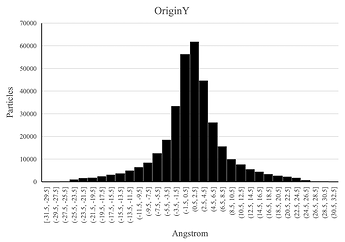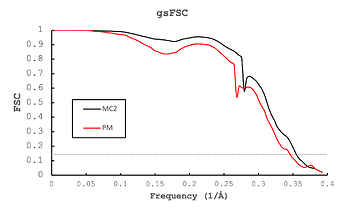This map vs particle perspective explanation makes sense, although I’m only able to follow in abstract terms. ![]()
Sure. I git clone-d the updated version, but csparc2star.py --flipy is returning the following error:
Traceback (most recent call last):
File "<redacted>/pyem/csparc2star.py", line 177, in <module>
sys.exit(main(parser.parse_args()))
File "/<redacted>/pyem/csparc2star.py", line 97, in main
df = star.transform_star(df, np.array([[1, 0, 0], [0, -1, 0], [0, 0, -1]]), leftmult=True)
File "/<redacted>/pyem/pyem/star.py", line 586, in transform_star
angles = np.rad2deg(rot2euler(newrots))
File "/<redacted>/software/miniconda3/envs/pyem/lib/python3.9/site-packages/numba/core/dispatcher.py", line 468, in _compile_for_args
error_rewrite(e, 'typing')
File "/<redacted>/software/miniconda3/envs/pyem/lib/python3.9/site-packages/numba/core/dispatcher.py", line 409, in error_rewrite
raise e.with_traceback(None)
numba.core.errors.TypingError: Failed in nopython mode pipeline (step: nopython frontend)
- Resolution failure for literal arguments:
reshape() supports contiguous array only
- Resolution failure for non-literal arguments:
reshape() supports contiguous array only
During: resolving callee type: BoundFunction(array.reshape for array(float64, 3d, A))
During: typing of call at <redacted>/pyem/pyem/geom/convert_numba.py (29)
File "<redacted>/pyem/pyem/geom/convert_numba.py", line 29:
def rot2euler(r, out=None):
<source elided>
epsilon = 1e-16
r = r.reshape(-1, 9).reshape(-1, 3, 3)
^
Does the conda environment/dependencies require an update as well?
Cheers,
Yang

